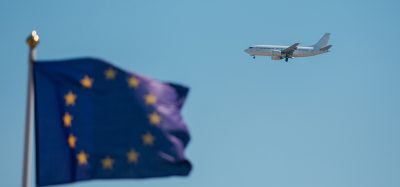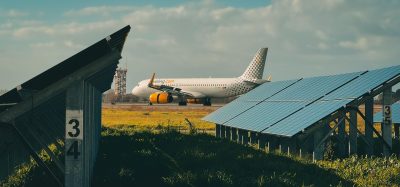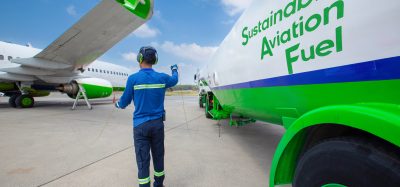AIRE: Reduced noise and emissions on first complete transatlantic green flights
- Like
- Digg
- Del
- Tumblr
- VKontakte
- Buffer
- Love This
- Odnoklassniki
- Meneame
- Blogger
- Amazon
- Yahoo Mail
- Gmail
- AOL
- Newsvine
- HackerNews
- Evernote
- MySpace
- Mail.ru
- Viadeo
- Line
- Comments
- Yummly
- SMS
- Viber
- Telegram
- Subscribe
- Skype
- Facebook Messenger
- Kakao
- LiveJournal
- Yammer
- Edgar
- Fintel
- Mix
- Instapaper
- Copy Link
Posted: 8 April 2010 | SESAR | No comments yet
The two first complete (gate-to-gate) green transatlantic flights were operated on 6 & 7 April from Paris-Charles de Gaulle to Miami airports…
The two first complete (gate-to-gate) green transatlantic flights were operated on 6 and 7 April 2010 from Paris-Charles de Gaulle to Miami airports. The flights were carried out by Air France (6 April) and American Airlines (7 April). This marks a new milestone for the AIRE (Atlantic Interoperability Initiative to Reduce Emissions) programme, a joint initiative between the European Commission and the FAA. AIRE is the green component of the SESAR programme.
During the approximately nine hours flight, enhanced procedures were used to improve the aircraft’s energy efficiency. These procedures, applied at each flight stage and coordinated among all project participants, reduce fuel consumption (and hence carbon dioxide emissions) throughout the flight, from taxiing at Paris-Charles de Gaulle to arrival on the parking stand in Miami.
“I congratulate all the partners involved in this success. Gate-to-gate green flights show that by working together and by making better use of existing technology, we achieve benefits for the environment, airlines and citizens. This is the only way forward and we must do more. Green flights have to become our daily business and cannot remain singular events”, comments Patrick Ky, Executive Director of the SESAR Joint Undertaking.
Air France expects that the coordinated application of environmental friendly procedures during the flight cut CO2 emissions by 6-9 tons and save 2-3 tons of jetfuel.
Among the procedures applied are the following:
- Shorter taxiing times, coordinated with Aéroports de Paris at Paris-Charles de Gaulle and with the FAA at Miami airport;
- Continuous ascent, coordinated with DSNA, the French air traffic control service provider;
- During the cruise phase, optimum altitude and speed were selected to reduce fuel consumption in conjunction with en route air traffic control centres in France (DSNA), the UK (NATS), Portugal (Nav-Portugal) and the US (FAA);
- Continuous descent, coordinated by US air traffic control (FAA).
During the departure and arrival phases, the procedures also helped minimise noise levels. Applying these optimisations to all Air France long-haul flights to and from North America, would result in a cut of CO2 emissions by 135,000 metric tons per year, with fuel savings of 43,000 metric tons.
Related topics
Related organisations
European Commission, Federal Aviation Administration (FAA), SESAR

















